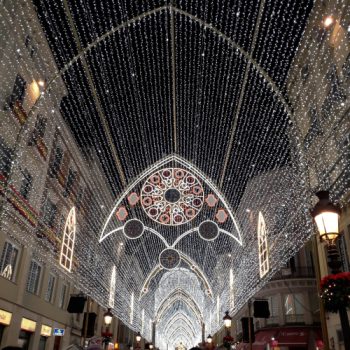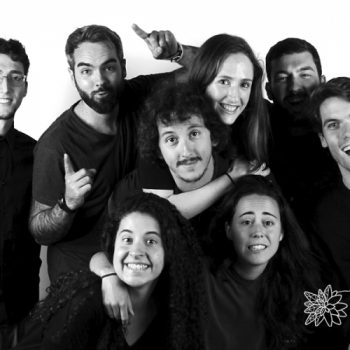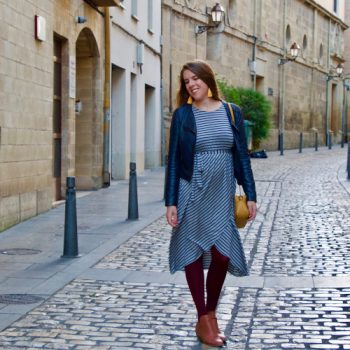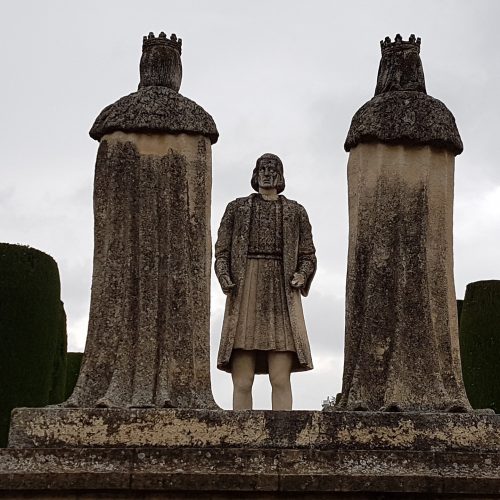
Who are Los Reyes Católicos?
An Introduction to the Catholic Monarchs (Los Reyes Católicos)
If you know anything about Spanish history (or even if you don’t), you’ve probably heard of the Spanish Inquisition and Christopher Columbus’s journey to America. But do you know who was one of the main driving force behind both of these two, history-changing events? Today we are talking about the Reyes Católicos or the Catholic Monarchs, potentially the most important royalty in Spanish history as they not only played a key role in the above mentioned events but also were key in uniting the Spain that we know today.
Note: This brief overview of some of the most powerful Spanish royalty in history is nowhere near complete but meant to whet your appetite to learn more about how Spain came to be. If you are interested about more modern events in Spanish history, consider checking out our introduction to the Spanish Civil War and General Franco.
Who are they?
When we talk about the Catholic Monarchs, we are talking about the powerful couple made up of Queen Isabella (Isabel in Spanish) I of Castile and King Ferdinand (Fernando) II of Aragon. As second cousins, their marriage in 1469 technically required the approval of the sitting pope. For whatever reason, the papal dispensation was not given and it is well known that they forged the endorsement of the Pope Sixtus IV. the At the time they married—when Isabel was eighteen and Fernando was a little over a year younger—they knew that their strength lay united as individually their kingdoms were not nearly as great.
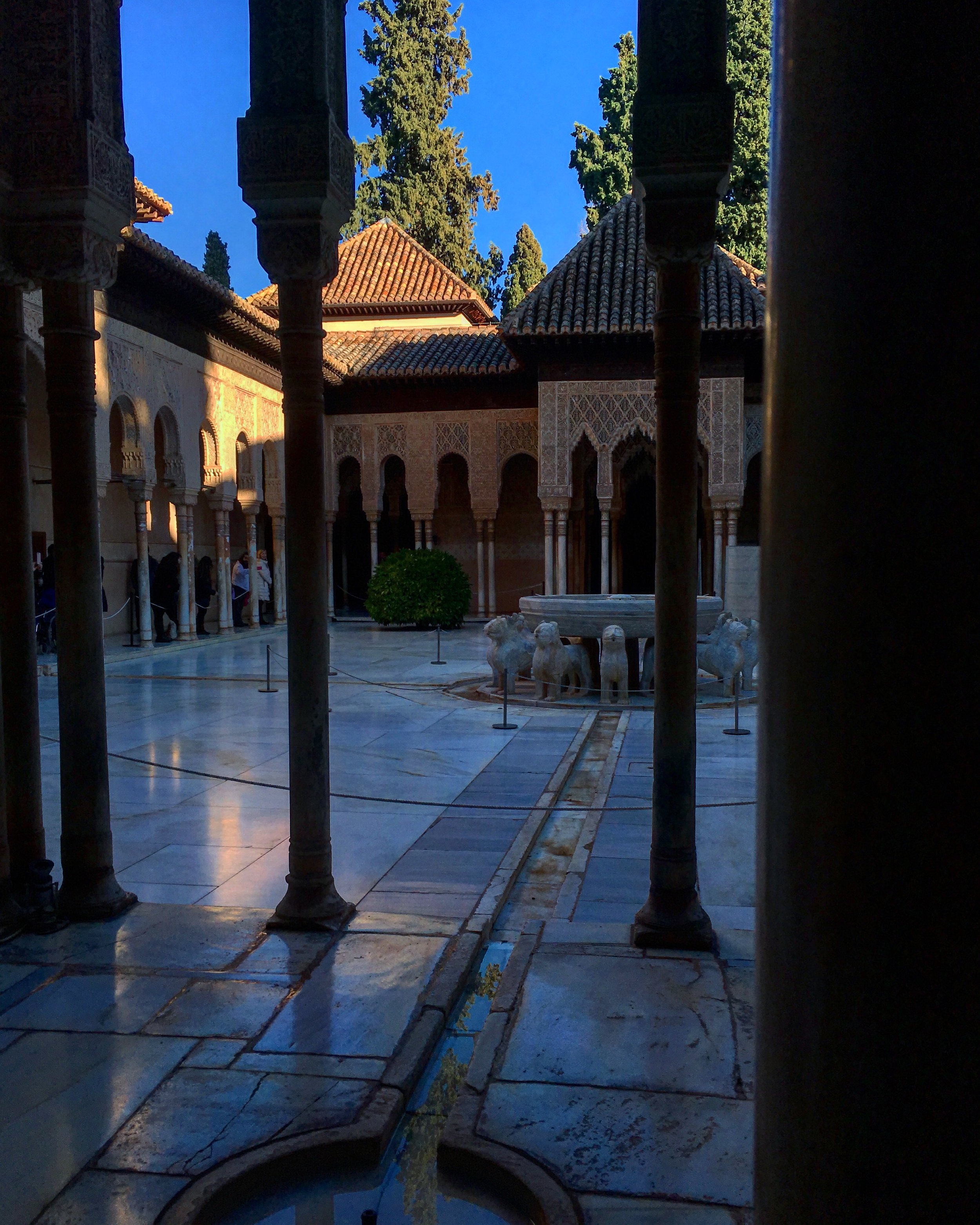 What should you know about them?
What should you know about them?
Much of modern day Spain can be traced back to decisions taken by the Catholic Monarchs over five hundred years ago. There are probably three main things that you should know about them:
1.) They “took back” Spain from the Moors: With the marriage, Isabel and Fernando were able to unite the majority of what is modern day Spain, a feat that was centuries in the making. However, they didn’t stop there and continued to fight to gain more territory to the south and abroad. Specifically, however, the Monarchs fought the Moors and their occupation of the Iberian peninsula, at that time known as Al-Andalus. With final battles against the Nazarí Dynasty in Granada, they succeed in pushing out the last Islamic rulers from Spain (although we can see a fair amount of influence still to this day).
This “taking back” is known as the Spanish Reconquista or reconquering of the territory. This can be a touchy subject because before the Catholic Monarchs the Iberian Peninsula never really belonged to one overruling Spanish Kingdom. At the same time, there seems to be an overwhelming feeling that the land ‘belonged’ to Spain. In this sense, the Reconquista is the taking back of lands from the hands of the Moorish Kings and uniting lands to form one Spanish, Catholic State.
2.) They made Spain a united Catholic country: Together with the Reconquista, this couple later earned the title of Catholic Monarchs from a Pope (Pope Alexander VI) himself because they made sure that the newly united Spain was Catholic. This meant that Isabel and Fernando gave non-Catholics the option to convert or leave in order to ensure the purity of their country. Therefore, the Spanish Inquisition was established in 1478 with the intention to ensure that all remaining Jews and Muslims had properly converted.
Many of these converts, however, did not truly give up their original faith and swap it for a new one. In many cases, two religions were practiced side-by-side or intertwined—something that was not really acceptable to the Spanish State. The results of the forced conversion and later expulsion was not pretty. Many people were forced to leave, without any of their wealth left to their name; many people were tortured; and many died at the hand of the Spanish Inquisition.
The Spanish Inquisition was only officially abolished in 1821, meaning that it lasted for almost 400 years with the intention of ensuring the purity of the Catholicism in the country. From an outside world, what we mostly know about them is related to their cruel and brutal methods for trying to find out the truth (or what they perceived to be the truth) about these converts. However, they were efficient as we can see, mentioned in this post, to this day Spain remains quite Catholic, despite not being practicing Catholic.
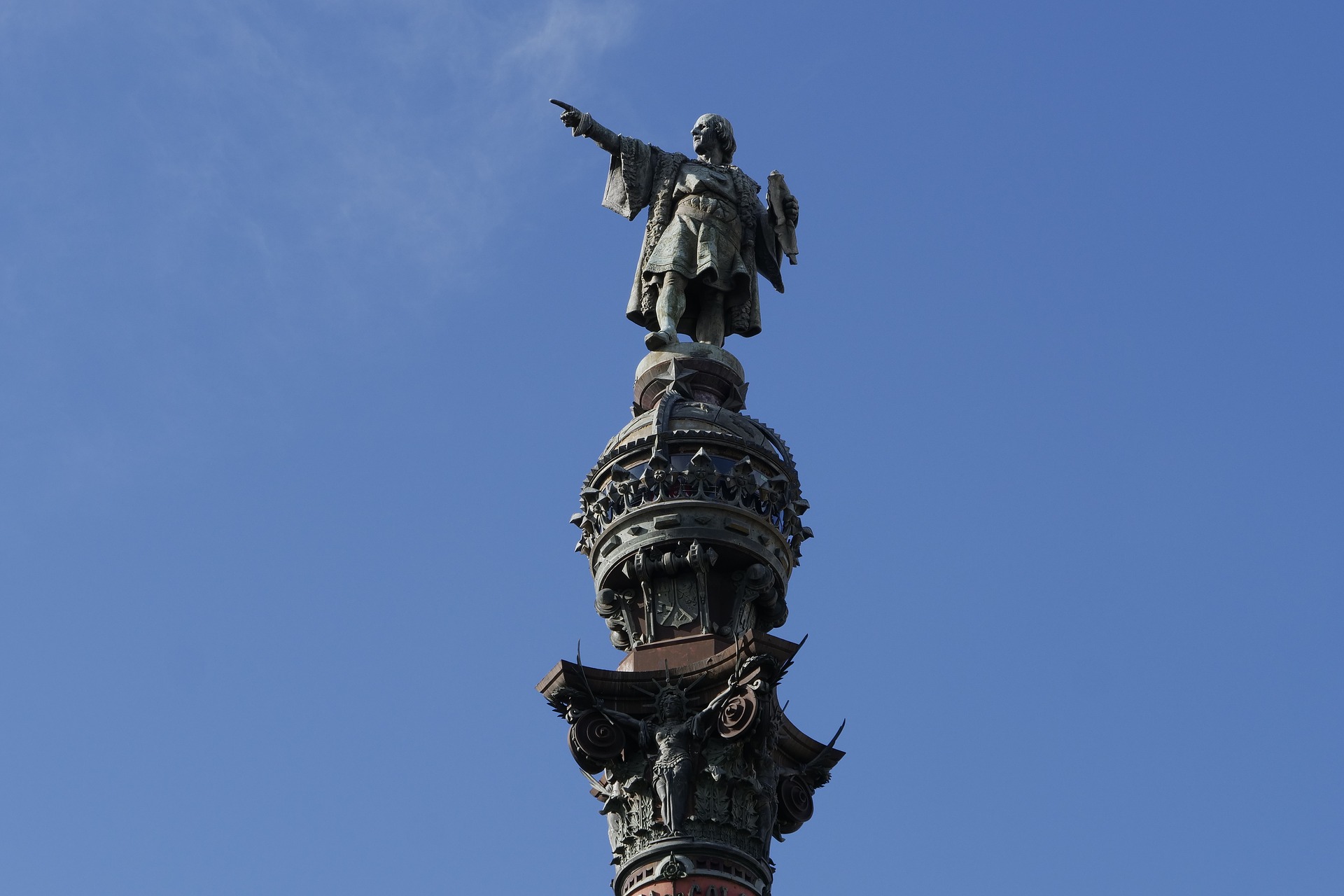 3.) They supported Christopher Columbus on his journey to discover America: As many kids in the U.S. know “In 1492, Columbus sailed the ocean blue.” What we don’t tend to remember (or learn?) is that several years prior, Columbus had gone to the Catholic Monarchs in Granada to ask for financing and was granted money to search for a route to India. This is why, although Columbus himself was Italian, we oftentimes relate him to Spain and Spanish explorers.
3.) They supported Christopher Columbus on his journey to discover America: As many kids in the U.S. know “In 1492, Columbus sailed the ocean blue.” What we don’t tend to remember (or learn?) is that several years prior, Columbus had gone to the Catholic Monarchs in Granada to ask for financing and was granted money to search for a route to India. This is why, although Columbus himself was Italian, we oftentimes relate him to Spain and Spanish explorers.
While it is not sure exactly why the Catholic Monarchs decided to support Columbus after his plea had failed in other courts, it is possible that they wanted to beat the Portuguese (a country with plenty of historic rivalry) in their desires to reach India. This exploration however was just the beginning of a great colonization that would occupy Spain for centuries. In this way, Isabel and Fernando expanded their Spanish Empire beyond the Iberian Peninsula and to the new world.
Note: While we know him as Christopher Columbus, this explorer has had his name translated and is called Cristóbal Colón in Spanish. So don’t be surprised if no one knows who Columbus is in Spain.
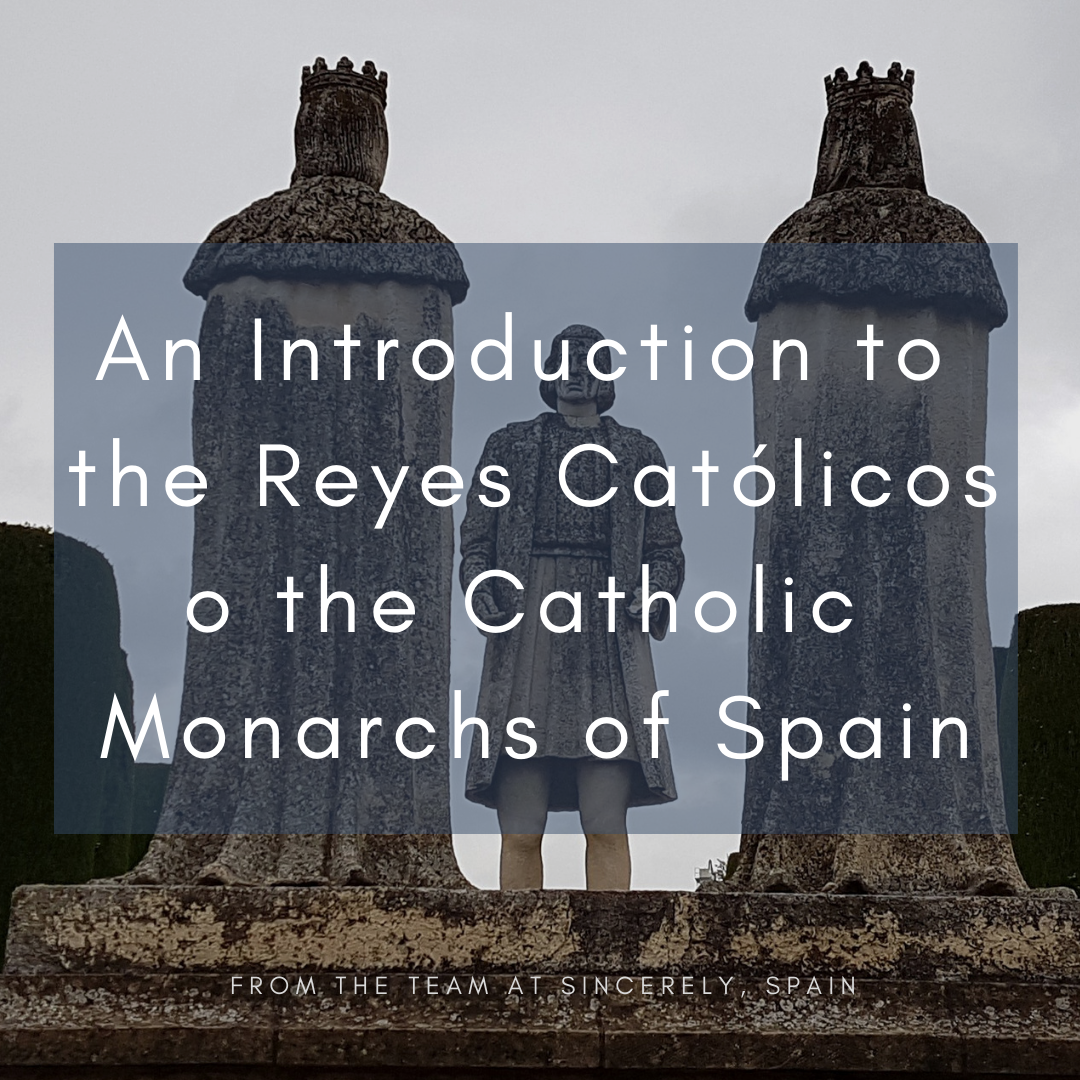 What are their ties to Spain and where can you find them?
What are their ties to Spain and where can you find them?
As you can see, the ties that the Spanish Monarchs have to Spain are extremely strong and permeate most of what we know today. Therefore, you can probably find traces of them in most places (whether it be a street name or a statue). However, in some places you can find them more easily than others:
-
Avila: If you are looking for the birthplace of Isabel, you will find it at Madrigal de las Altas Torres in Avila. She was baptized in the church of San Nicolás de Bari and spent her youth in Arévalo.
-
Valladolid: The Catholic Monarchs married in the Palace of Los Vivero and the Palace in Plaza Mayor where Isabel died in 1504.
-
Segovia: In the Alcázar fortress of Segovia Isabel was proclaimed queen of Castile (which was actually quite a feat as there was some controversy over her right to become queen).
-
Granada: As the final resting place of Isabel and Fernando, it is no surprise that you can find the Monarchs throughout the city. From the Royal Chapel (Capilla Real) to the Plaza Isabel la Católica (also known as the Plaza of Colón or Columbus), you will find marks of this couple all around the city.
Resources:
https://okdiario.com/curiosidades/que-reyes-catolicos-fueron-importantes-historia-espana-1103264
https://www.britannica.com/topic/Spanish-Inquisition
https://www.arteguias.com/biografia/losreyescatolicos.htm
https://www.spain.info/es/lugares-interes/palacio-real-testamentario-isabel-catolica/


